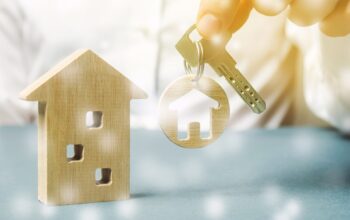Commercial roof repair is a crucial aspect of maintaining the integrity and longevity of your business premises. In New Jersey, where weather conditions can be unpredictable, ensuring your commercial roof is in optimal condition is essential. Protecting your investment: Why commercial roof repair in New Jersey is essential for business continuity:
1. Initial Inspection
The first step in any roof repair process is a thorough inspection. Hire a professional roofing contractor who can assess the condition of your roof, identify problem areas, and determine the extent of damage. This step is critical as it helps in planning the repair process effectively.
2. Identifying the Problem
Protecting your investment: Why commercial roof repair in New Jersey is essential for business continuity. Once the inspection is complete, the next step is to identify the specific issues. Common problems include leaks, damaged shingles, ponding water, and membrane punctures. Understanding the root cause of these issues will guide the repair strategy.
3. Choosing the Right Materials
Selecting the appropriate materials for your roof repair is crucial. New Jersey’s weather demands durable and weather-resistant materials. Discuss with your contractor the best options available, considering factors such as material longevity, cost, and suitability for your specific roof type.
4. Repair Planning
Develop a detailed repair plan that outlines the scope of work, timeline, and budget. This plan should include safety protocols to protect workers and building occupants. Clear communication with your contractor at this stage ensures everyone is on the same page.
5. Executing the Repairs
With a solid plan in place, the next step is to execute the repairs. Ensure that the work is carried out by experienced professionals who follow industry best practices. Regular updates from the contractor can help you stay informed about the progress and any unexpected issues that may arise.
6. Final Inspection and Maintenance
After the repair work is completed, a final inspection is necessary to ensure all issues have been addressed. This step includes checking for any missed problems and verifying the quality of the repair work. Establish a maintenance schedule to regularly inspect and maintain your roof, preventing future issues and extending its lifespan.




